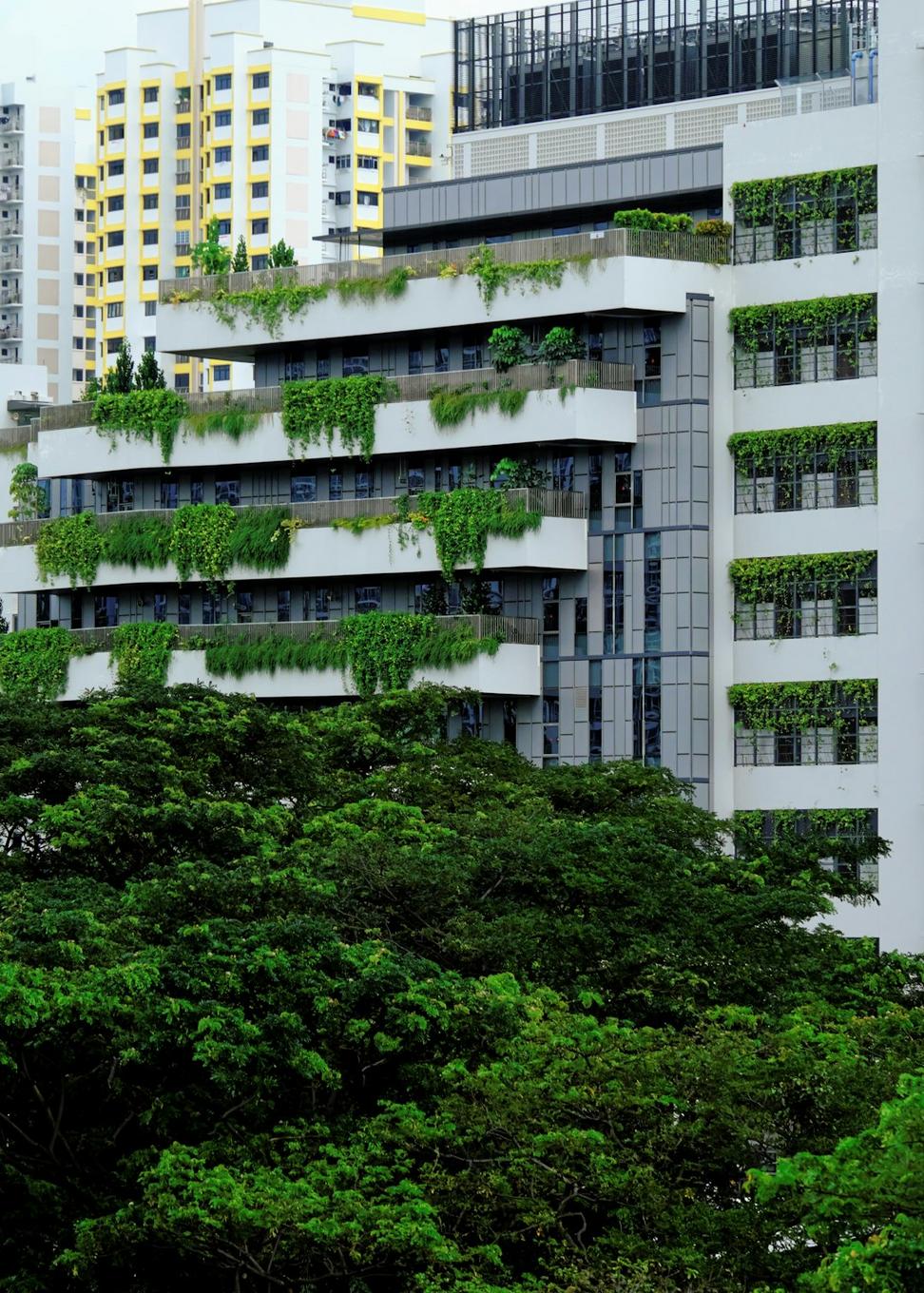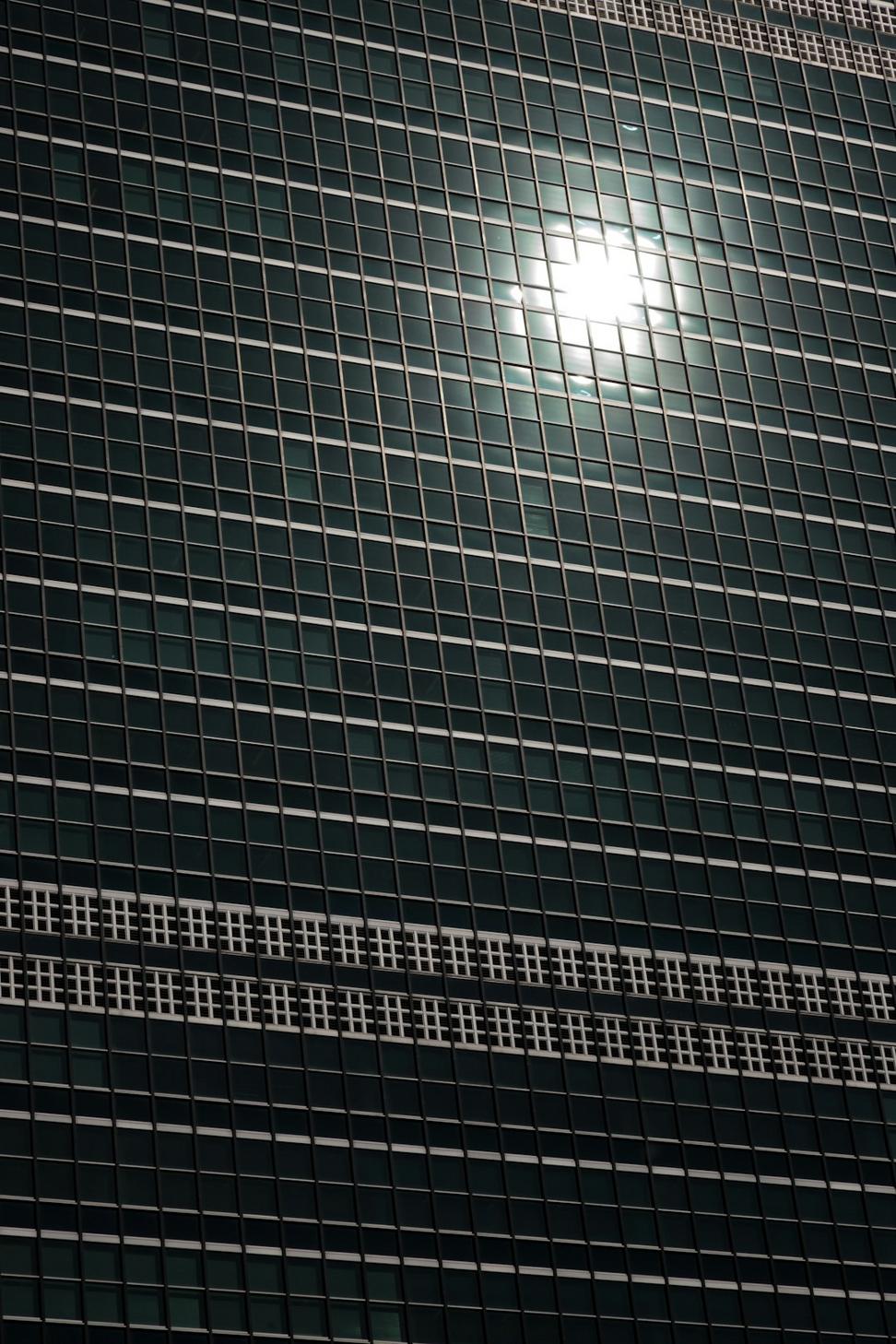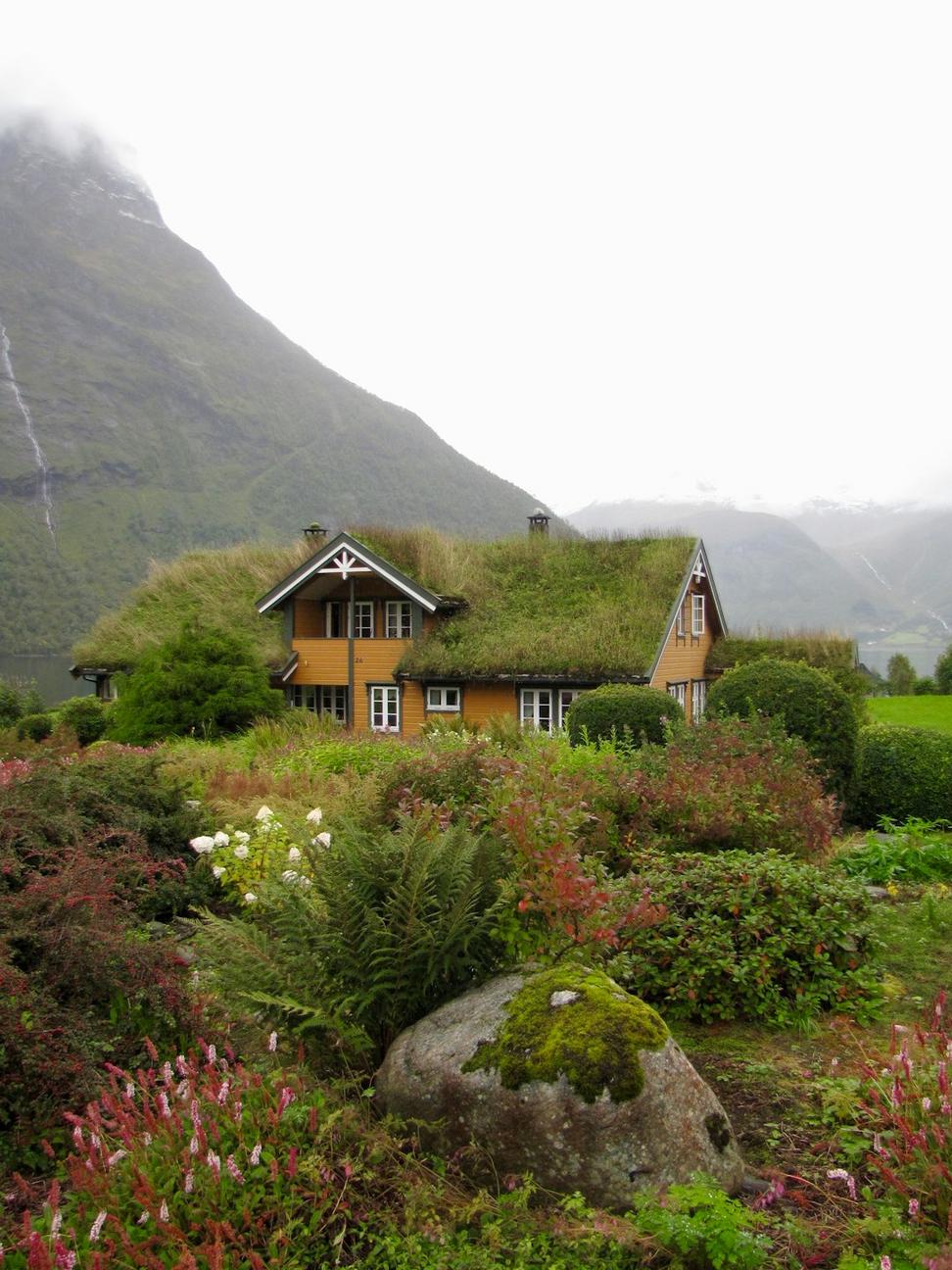Our Actual Track Record
Here's the thing - a lot of firms will throw around fancy green buzzwords and certifications without showing you the real numbers. We'd rather be upfront about what we've actually accomplished and where we're still learning.
27 Projects
LEED certified (various levels, we'll be honest about which)
~38% Average
Energy reduction vs. baseline (some did better, some worse)
1.2 Million kg
CO2 offset annually across our portfolio (rough estimate)
64% Materials
Locally sourced within 800km (when budget allows)

What We Actually Do (Day to Day)
Forget the marketing speak for a second. Here's what sustainable design looks like in our studio:
Passive Design First
Before we even think about high-tech systems, we obsess over building orientation, window placement, and natural ventilation. Sometimes the best tech is no tech at all. We've gotten into heated debates over window sizes - yeah, we're those people.
Material Choices That Matter
We're not gonna lie - recycled materials don't always look as pretty or cost less. But we push for them anyway. Reclaimed wood, recycled steel, low-VOC everything. Our suppliers probably groan when they see our number pop up.
Water Management
Greywater systems, rainwater harvesting, low-flow fixtures - we've been incorporating these since before they were trendy. Toronto gets enough rain that it's honestly wasteful not to capture some of it.
The Honest Cost Conversation
Let's talk money, because everyone thinks green building is crazy expensive:
- Initial costs are usually 3-8% higher (not gonna sugarcoat it)
- Payback period is typically 7-12 years on energy savings
- Some green features (like better insulation) basically pay for themselves
- Others (like solar panels in Toronto's climate) take longer to justify
- Property values tend to hold better - buyers are getting smarter
We'll always be straight with you about what makes financial sense and what's more of a values-based choice.
Certifications We Work With
LEED Canada
We've done Silver through Platinum. Each level makes sense for different projects - we'll help you figure out which one actually fits.
Passive House
Only done 3 of these so far. Insanely efficient but requires serious commitment from everyone involved.
ENERGY STAR
The baseline we aim for on every project. If we can't hit this, something's wrong.
Green Globes
Alternative to LEED that some clients prefer. Less paperwork, still rigorous.
Built Green Canada
Great for residential projects where LEED might be overkill.
Recent Impact
Numbers from our completed 2023 projects compared to conventional builds

